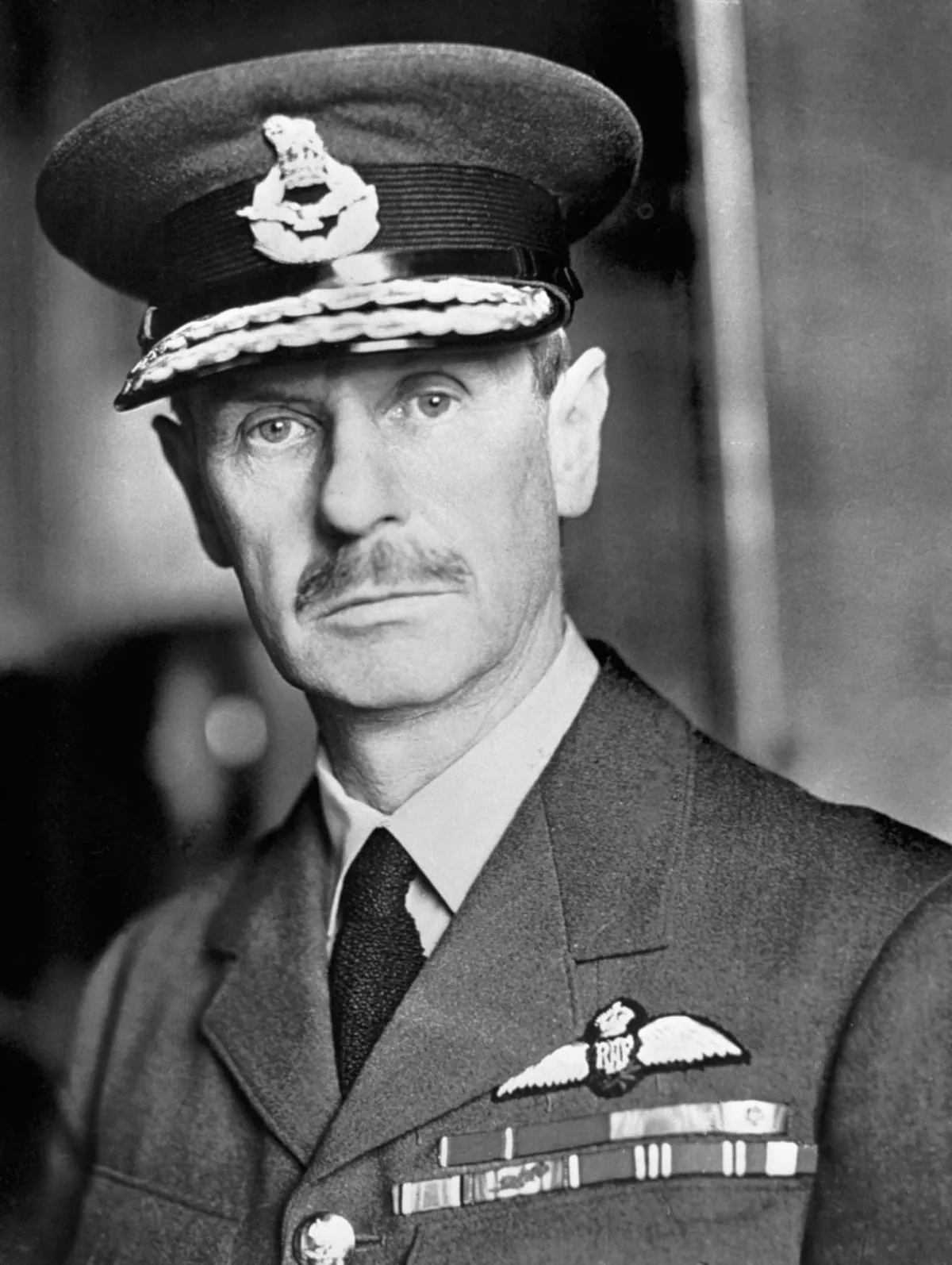 1.
1. Hugh Dowding was Air Officer Commanding RAF Fighter Command during the Battle of Britain and is generally credited with playing a crucial role in Britain's defence, and hence, the defeat of Operation Sea Lion, Adolf Hitler's plan to invade Britain.